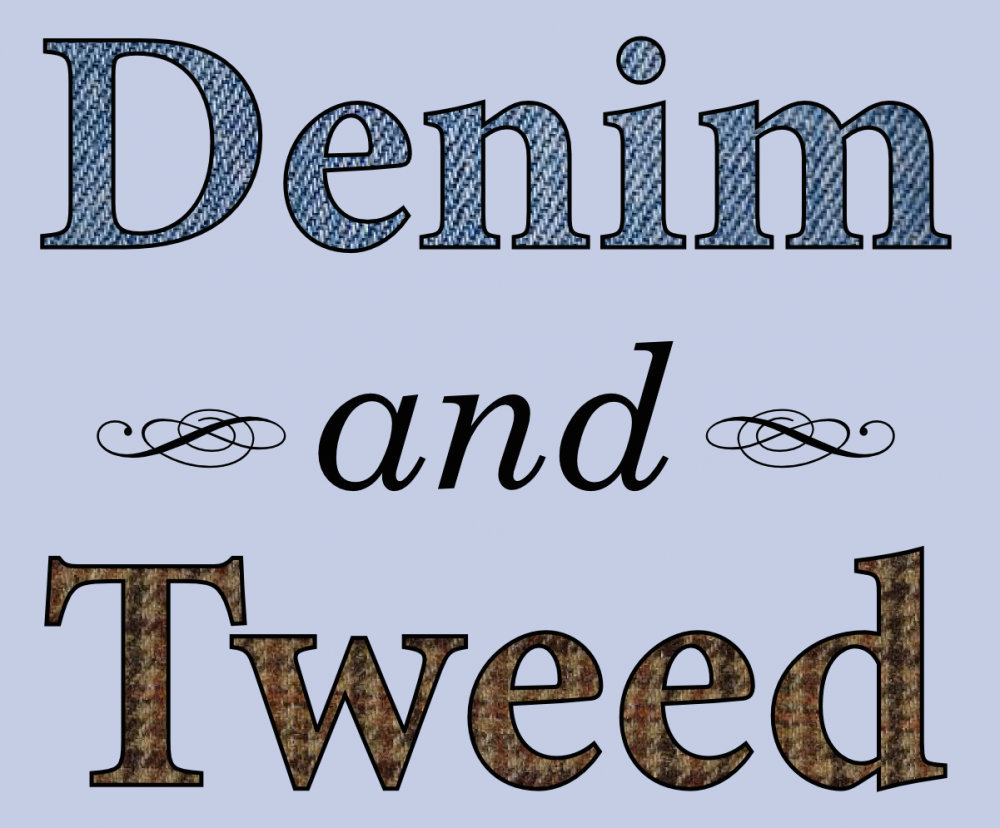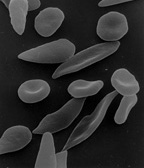![]() One of the most basic questions in evolutionary ecology is, “why are there more kinds of this kind of critter than that kind of critter?” As in, why are there more than twenty thousand species of orchids, but only one species of ginkgo? Why are there hundreds of thousands of species of beetles, but only four species of horseshoe crab? In a literature review just released online—and my first publication as lead author!—my coauthors and I assess the support for one hypothesis: that species multiply because of ecological opportunity.
One of the most basic questions in evolutionary ecology is, “why are there more kinds of this kind of critter than that kind of critter?” As in, why are there more than twenty thousand species of orchids, but only one species of ginkgo? Why are there hundreds of thousands of species of beetles, but only four species of horseshoe crab? In a literature review just released online—and my first publication as lead author!—my coauthors and I assess the support for one hypothesis: that species multiply because of ecological opportunity.
Biologists interested in the origins of species diversity frequently focus on the phenomenon of adaptive radiation, the process by which a single species rapidly gives rise to many new species, each with different traits adapted to different lifestyles. Darwin’s finches, with their beaks shaped to suit to different foods [$a], are a classic case; the Anolis lizards of the Caribbean, which have repeatedly evolved into a handful of “ecomorphs” with different body sizes and shapes adapted to different perching locations [PDF], are another.
The two most influential theories of adaptive radiation—by G.G. Simpson and Dolph Schluter—have suggested that it results when a species encounters ecological opportunity. Ecological opportunity might be a newly-evolved trait, or a new habitat, or the extinction of a species’ competitors or predators. For instance, a butterfly might evolve a way to overcome the chemical defenses of an abundant plant species, or a plant introduced by humans to a new habitat might find that local pathogens aren’t as deadly to it as the ones in its native range. Ecological opportunities have the effect of granting access to new resources. We have pretty good evidence that this can allow individual populations to increase in number, and even evolve greater diversity—but is that enough to spur the rapid speciation that forms adaptive radiation?
Ecological opportunity ? adaptive radiation
Readers in certain demographic groups may think this sounds like an underpants gnome problem. But it isn’t, exactly. The gnomes’ business model can’t get to from step 1 (collect underpants) to step 3 (profit) because they don’t have a step 2. Evolutionary ecologists, on the other hand, already have their step 3 in the phenomenon of adaptive radiation. Ecological opportunity looks like a good prospect for step 1 precisely because it suggests some plausible options for step 2.
When a population encounters ecological opportunity, the new habitat, new trait, or extinction of antagonists provides access to new resources, and relaxes natural selection on the population. This leads to three phenomena usually grouped together under the term ecological release
- The population experiences density compensation—more individuals can live in a particular area, creating stronger competition within the population.
- Because of this stronger competition within the population, or because there isn’t much competition from other species, members of the population venture into new habitats, or use new food resources.
- The population becomes more diverse, either because of the relaxed selection, or because of competition-driven selection for using new habitat and new resources.
One or more of these three aspects of ecological release turn up whenever populations find new food resources, or escape predators and/or competitors. Density compensation has been widely observed in populations colonizing new habitats, especially islands; and experiments with sticklebacks and fruit flies [$a] suggest that the stronger competition resulting from density compensation can spur the population to become more diverse in its use of resources. Bacterial populations can even evolve different specialized forms—adaptive radiations in microcosm—when introduced to new food resources.
 Anoles show signs of density compensation on Caribbean islands—is that the reason behind their diversification? (Pictured: Anolis oculatus.) Photo via WikiMedia Commons
Anoles show signs of density compensation on Caribbean islands—is that the reason behind their diversification? (Pictured: Anolis oculatus.) Photo via WikiMedia CommonsBut where’s the speciation?
However, the evolution of bigger, more diverse populations is not the same thing as the evolution of new species—and that’s what adaptive radiation is really all about. These changes resulting from ecological opportunity might directly promote speciation if stronger competition leads to disruptive natural selection. Similarly, the competition-driven incentive to colonize new habitats or exploit new food sources could expose some parts of the population to different forms of natural selection, eventually causing them to evolve into specialists on the new resources. Finally, even if speciation only happens when natural barriers cut off migration, maybe larger, more variable populations provide more diversity for vicariance events to divvy up.
This is all pretty speculative, though. We still don’t know how often—or how rarely—divergent natural selection contributes to making new species. One way to deal with this is to approach the question from the other direction: look backward at the history of existing species, rather than following what happens to populations immediately after ecological release.
A backward-looking approach might use statistical analyses of the evolutionary relationships between living things to identify points in time when species formed unusually fast, and try to identify the cause. Some of my coauthors from the review paper recently published an analysis of the evolutionary tree connecting all vertebrates, and found that speciation rates increased around the origins of the largest group of birds, a large portion of the lizards and snakes, and non-marsupial mammals, among others.
This is very much a starting point, but maybe by complementing similar studies with research on populations currently evolving in response to ecological opportunity, biologists can work our way closer to understanding the origins of the endless and beautiful forms of life on Earth.
References
Alfaro, M., Santini, F., Brock, C., Alamillo, H., Dornburg, A., Rabosky, D., Carnevale, G., & Harmon, L. (2009). Nine exceptional radiations plus high turnover explain species diversity in jawed vertebrates. Proc. Nat. Acad. Sci. USA, 106 (32), 13410-4 DOI: 10.1073/pnas.0811087106
Bolnick, D. (2001). Intraspecific competition favours niche width expansion in Drosophila melanogaster. Nature, 410 (6827), 463-6 DOI: 10.1038/35068555
Blumenthal, D., Mitchell, C., Pysek, P., & Jarosik, V. (2009). Synergy between pathogen release and resource availability in plant invasion. Proc. Nat. Acad. Sci. USA, 106 (19), 7899-904 DOI: 10.1073/pnas.0812607106
Grant, B., & Grant, P. (1989). Natural selection in a population of Darwin’s finches. The American Naturalist, 133 (3), 377-93 DOI: 10.1086/284924
Kassen, R. (2009). Toward a general theory of adaptive radiation: Insights from microbial experimental evolution. Annals New York Acad. Sci., 1168 (1), 3-22 DOI: 10.1111/j.1749-6632.2009.04574.x
Losos, J. (1990). Ecomorphology, performance capability, and scaling of West Indian Anolis lizards: An evolutionary analysis. Ecological Monographs, 60 (3), 369-88 DOI: 10.2307/1943062
Schluter, D. 2000. The Ecology of Adaptive Radiation. Oxford University Press. Google Books.
Simpson, G.G. 1949. Tempo and Mode in Evolution. Columbia University Press. Google Books
Svanbäck, R., & Bolnick, D. (2007). Intraspecific competition drives increased resource use diversity within a natural population. Proc. Royal Soc. B, 274 (1611), 839-44 DOI: 10.1098/rspb.2006.0198
Wheat, C., Vogel, H., Wittstock, U., Braby, M., Underwood, D., & Mitchell-Olds, T. (2007). The genetic basis of a plant insect coevolutionary key innovation. Proc. Nat. Acad. Sci. USA, 104 (51), 20427-31 DOI: 10.1073/pnas.0706229104
Yoder, J.B., Des Roches, S., Eastman, J.M., Gentry, L., Godsoe, W.K.W., Hagey, T., Jochimsen, D., Oswald, B.P., Robertson, J., Sarver, B.A.J., Schenk, J.J., Spear, S.F., & Harmon, L.J. (2010). Ecological opportunity and the origin of adaptive radiations. Journal of Evolutionary Biology DOI: 10.1111/j.1420-9101.2010.02029.x
























